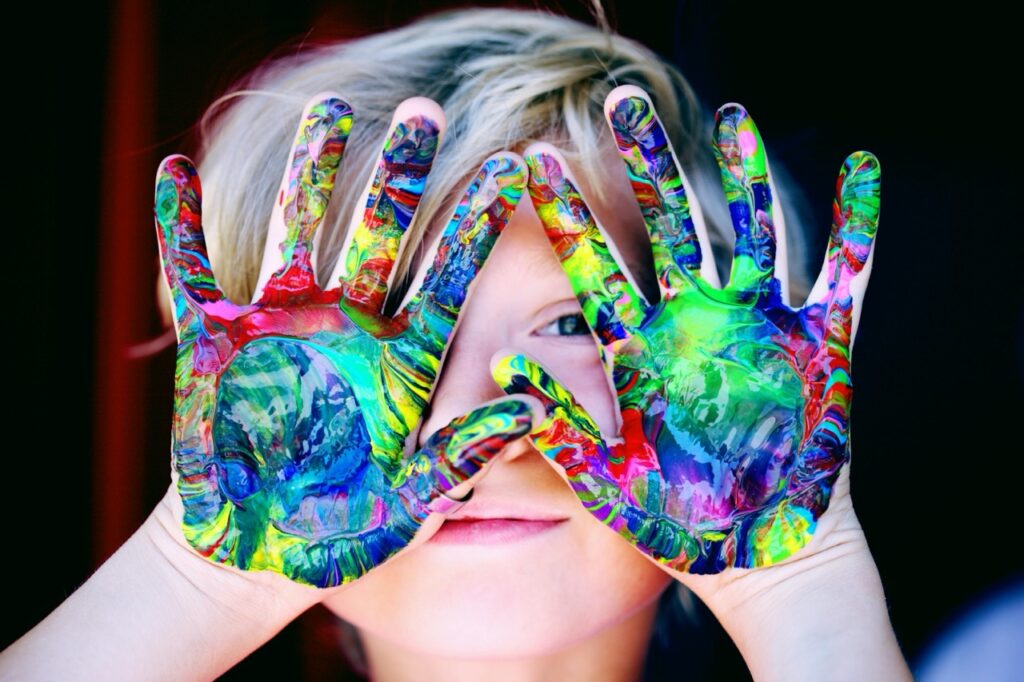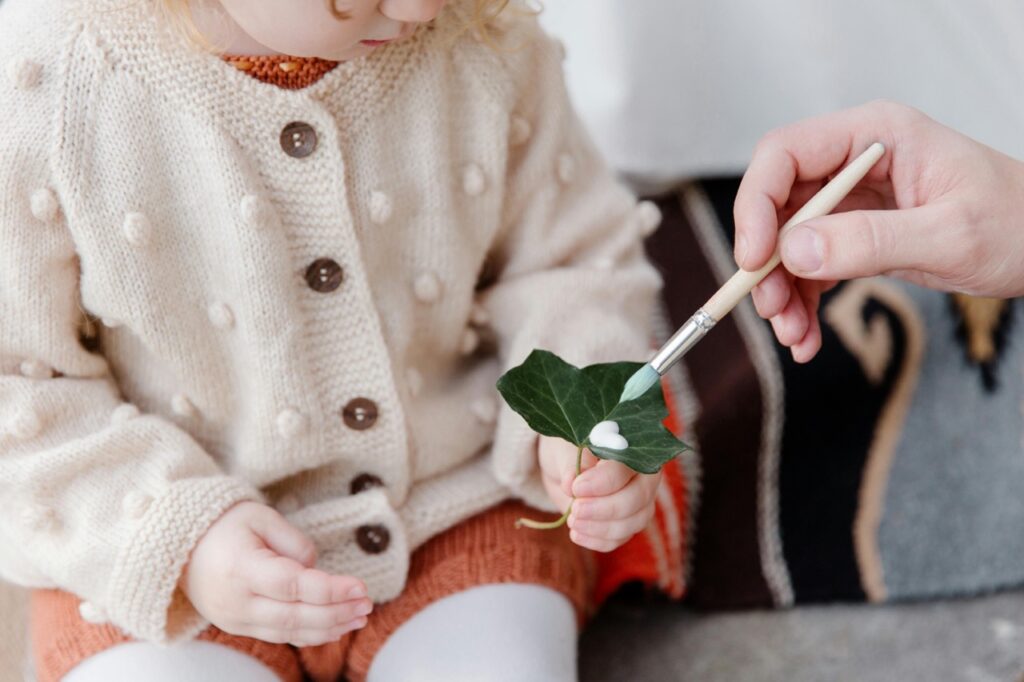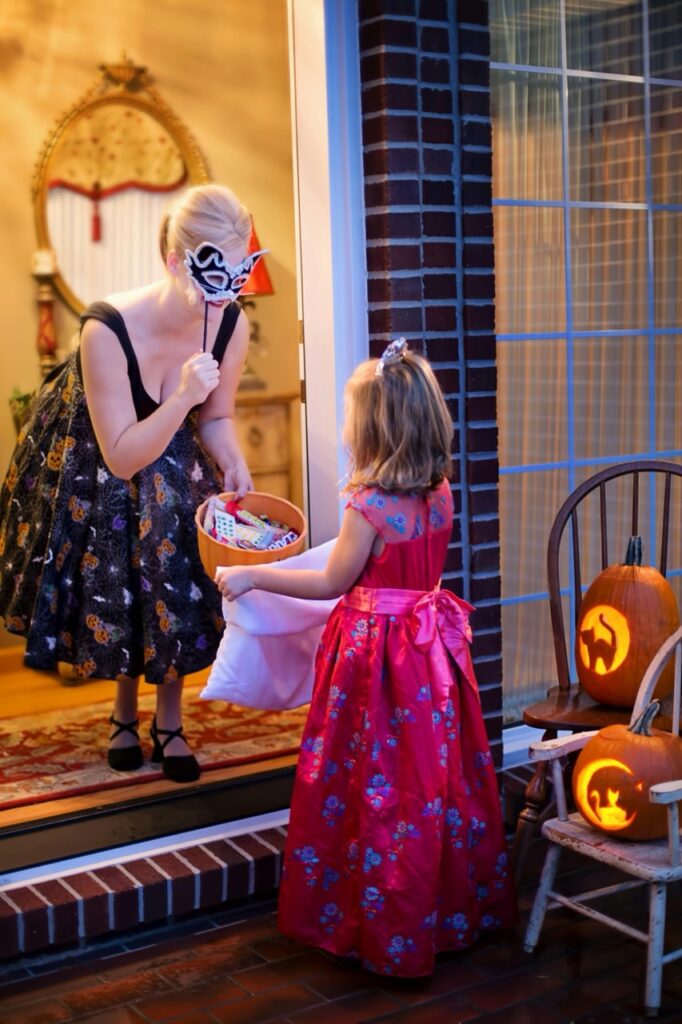Autism and Art: Encouraging Creativity Through Hands-On Projects
Art is a universal language — a way to express thoughts, feelings, and ideas without words. For children on the autism spectrum, art can be an especially powerful tool. It offers a safe space for self-expression while building important skills, all in a fun and therapeutic way. Through hands-on art projects, children can engage with their creativity, develop motor skills, improve focus, and experience a sense of accomplishment.

Art also provides an outlet that does not rely on verbal communication, which can be freeing for many children on the spectrum. It allows them to communicate in ways that feel natural to them, giving voice to emotions and ideas that might otherwise be difficult to express.
In this post, I’ll share several fun, skill-based art projects that not only encourage creativity but also support the development of key skills in a way that is enjoyable and accessible for children with autism.
Why Art Matters
Before diving into specific projects, it’s important to understand why art is such a valuable tool. Art helps in several key areas of development, including:
- Fine Motor Skills: Many art projects involve using small tools or making detailed movements, which strengthens hand-eye coordination and fine motor skills.
- Sensory Exploration: Art allows us engage our senses in a controlled way. Different textures, colours, and materials provide sensory input that can be both stimulating and soothing.
- Emotional Expression: Art offers a nonverbal way to express emotions and thoughts. People who might struggle with traditional communication can find an outlet for self-expression through drawing, painting, or sculpting.
- Focus and Patience: Art projects often require sustained attention, helping build ability to focus on a task and see it through to completion.
- Problem Solving and Flexibility: Creating art encourages people to think creatively and solve problems, whether it’s figuring out how to mix colours or deciding what shape to cut from paper.
Now, let’s explore some hands-on art projects that your child can enjoy, each with a focus on developing specific skills.
1. Sensory Collage: Exploring Texture and Colour
Sensory collages are a fantastic way to engage the sense of touch while allowing exploration different textures and materials. This project encourages creativity while helping develop sensory integration and fine motor skills.
What You’ll Need:
- A variety of textured materials (cotton balls, sandpaper, feathers, bubble wrap, fabric scraps)
- Glue
- Construction paper or cardboard
- Scissors (if appropriate for your child’s skill level)
How to Do It:
- Start by feeling and exploring the different materials. Talk about the textures — are they soft, rough, smooth, bumpy?
- Cut or tear pieces of the materials and arrange them on the construction paper in a collage.
- Glue the pieces down in whatever pattern or design you like.
Skills Developed:
- Fine motor skills (cutting, tearing, gluing)
- Sensory exploration (texture and touch)
- Creativity and self-expression
2. Painting with Nature: Outdoor Art Adventure

Painting with nature is a fun, outdoor activity that combines creativity with sensory exploration. Instead of using traditional paintbrushes, you can use leaves, sticks, rocks, or flowers to create beautiful, nature-inspired art.
What You’ll Need:
- Tempera or washable paint
- Paper or canvas
- A variety of natural items (leaves, sticks, rocks, flowers)
- A safe outdoor space to gather items
How to Do It:
- Go on a nature walk to collect items. Explore and choose objects.
- Dip the objects into paint and use them as stamps or brushes to create patterns and textures on the paper or canvas.
- Experiment with different techniques — pressing, dragging, or rolling the objects to see the different effects they create.
Skills Developed:
- Fine motor skills (grasping and handling objects)
- Sensory exploration (texture, weight, smell)
- Creativity and problem-solving
3. DIY Playdough Sculpting: Hands-On, Calming Art

Making and sculpting with homemade playdough is a therapeutic and tactile activity that is great for people who enjoy hands-on, repetitive tasks. The process of kneading and shaping the dough can be calming, while also helping develop hand strength and fine motor skills.
What You’ll Need:
- 1 cup flour
- 1/4 cup salt
- 1 tablespoon vegetable oil
- 1/2 cup water
- Food coloring (optional)
- Tools for sculpting (cookie cutters, rolling pin, plastic utensils)
How to Do It:
- Mix the flour, salt, oil, and water together in a bowl to form a dough. You can add food coloring to make it more visually stimulating.
- Once the dough is ready, use the tools to sculpt whatever you like. Create shapes, figures, or even small scenes.
- This project can also be combined with sensory exploration by adding scented oils or textures (like rice or sand) to the dough.
Skills Developed:
- Fine motor skills (kneading, shaping)
- Sensory exploration (texture, smell, touch)
- Creativity and imagination
4. Bubble Wrap Painting: Fun with Texture
Bubble wrap painting is a sensory art project that adds an element of texture and fun. Enjoy the feel of the bubble wrap while creating unique patterns by stamping paint onto paper.
What You’ll Need:
- Bubble wrap (small or large bubbles)
- Washable paint
- Paintbrushes or sponges
- Paper
How to Do It:
- Spread paint onto the bubble wrap using a brush or sponge. You can use one color or multiple colors.
- Once the paint is on the bubble wrap, press it onto the paper to create a print.
- Repeat this process, layering colors and patterns as they like.
Skills Developed:
- Sensory exploration (touch and texture)
- Fine motor skills (pressing, lifting, and repeating actions)
- Creativity (pattern-making, color choices)
5. Mask-Making: Personal Expression Through Art
Mask-making is a great project to explore self-expression in a fun and playful way. By designing your own mask, you can express emotions, create characters, or simply enjoy the process of crafting.

What You’ll Need:
- Paper plates or pre-made blank masks (available at craft stores)
- Paint, markers, or crayons
- Feathers, beads, stickers, or other decorations
- Glue
How to Do It:
- Decide how you want your mask to look. You can choose to make a character, an animal, or even an abstract design.
- Decorate the mask with paint or markers and then add details like feathers, beads, or stickers for extra flair.
- When the mask is finished, perhaps role-play with it with friends. This adds an element of imagination and helps with social skills development.
Skills Developed:
- Creativity and self-expression
- Fine motor skills (decorating, gluing)
- Imagination and social skills (through role-play)
Letting Creativity Shine
Art is a way for people to explore their creativity, express their emotions, and develop important skills in a non-pressured environment. Hands-on projects like sensory collages, nature painting, and sculpting allow people to engage with their senses, strengthen motor skills, and enjoy the process of creating something uniquely their own.
When we encourage creativity through art, we give people and outlet to shine, helping them build confidence and explore new ways of interacting with the world around them. The focus should always be on the process, not the outcome, allowing people to enjoy the freedom and therapeutic benefits that art offers.
Leave a Reply